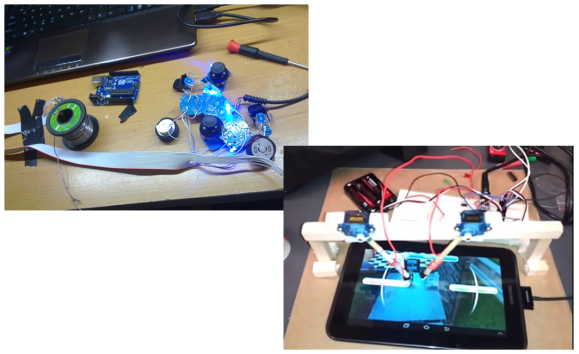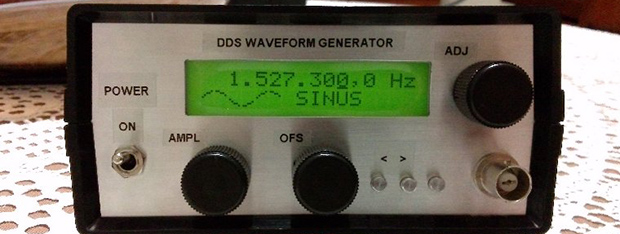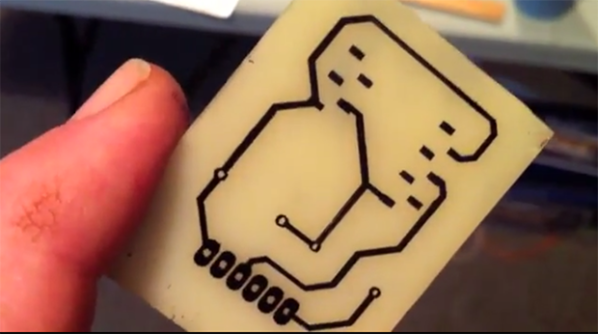The youngins in the crowd may not remember Taxi Driver, but [Matt]’s fully functional hidden blade from Assassin’s Creed finally does justice to the hidden weapon on a drawer slide idea. It’s got everything you would want – immaculate craftsmanship and a video game reference for that every so necessary blog cred.
[Matt] started his hidden blade build with a drawer slide, mounting an old WWII replica blade to the slider. The blade retraction is spring-loaded, and with a small ring and a bit of wire, the blade gets its automatic draw and retraction.
The arm brace is where this project really shines. [Matt] crafted this out of two pieces of leather, tooled with the Assassin’s insignia and dyed to a deep, jet black
This isn’t the first time we’ve seen an automatic hidden blade from Assassin’s Creed, but [Matt]’s effort is really top-notch. He’s got beautiful leather crafting down pat, and we can only hope his Halloween was filled with parkour and stabbing.
















